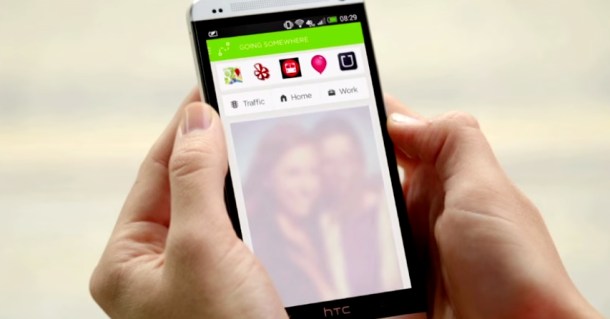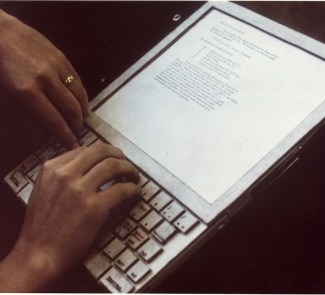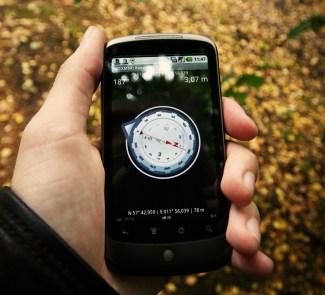Aviate, Cover, the combination of sensors and software. There are lots of examples of context on smartphones - the new way of showing us information.
Over the last few months, apps and tools that give our smartphones context and sense have been gaining strength. Especially in Android, thanks to its architecture and customisation, which allows more options in comparison with Windows Phone and iOS. These are applications, or rather launchers in most cases, that change your home screen and the way you see information completely based on your personal context: where you are, time of day, etc. Also, most work heuristically and learn from your actions, habits and routines in the background.
Now after the introduction, it’s time to give you specific tools. One of the most well-known is Aviate, the launcher for Android. To get a better understanding of how it works, here’s a practical case: in the morning, the home screen shows shortcuts to the daily news and emails received. You get in the car to go to work, and the icons are replaced by the ones to access Google Maps, Waze, TomTom, etc., because it detects that you are in motion at a much faster speed than normal and travelling by motorway.
When you get to work, it displays the productivity and communications applications. You’re in a new urban location and it displays applications like Foursquare or Yelp to find and note new places that you visit. You arrive at the airport and it switches to the airline applications. Everything is organised into what Aviate calls “spaces», which change automatically, although you can also switch manually. It also groups applications based on theme: productivity, music, photo, video, maps, etc. At the beginning of 2014, Aviate was acquired by Yahoo, which demonstrates the real interest in this type of tools.
Another good example is Cover, which follows a philosophy very similar to Aviate’s. Its slogan is the right apps at the right time. It also works around context, time and the need that each person has to be able to open the applications that they need as quickly as possible. But, while Aviate focuses on the home screen, Cover starts working with the unlock screen. It also adds shortcuts to specific applications through a customisable dropdown on the side, to switch quickly from one app to another.
Contextualisation isn’t done with just software; it can be supplemented by hardware, and a good example is the active listening mode of Motorola’s Moto X, also known as “always listening”. Its microphone is ready to receive commands, although the most important thing is that the commands can be transmitted in natural language. This factor also plays an important role in context for smartphones. They’re integrated into our routines even when we use human language, without limiting ourselves to classic voice commands. Natural language is the parallel battle that is raging between Apple, Google and Microsoft with Siri, Google Now and Cortana – the proposals from the three giants to have a personal assistant in the palm of your hand that communicates with you as spontaneously as possible.
If you stop to think of the hardware in our smartphones, especially high-end ones, you realise the enormous possibilities that context opens up for smartphones in the short term. Some existing models are equipped not only with a microphone, GPS and a processor, but also with a multitude of sensors to receive all types of information that help it to understand the user’s current circumstances, from heart-rate monitors to know when you just finished a workout or whether you’re stress level is too high, to barometers, humidity sensors and thermometers that help predict rain, even if the user doesn’t consult it directly, and combine the prediction with calendar events, for example, alerting that it will be raining during the trip you’ll have to make to a meeting the next day.

Aviate’s acquisition by Yahoo is no small matter and is not merely a footnote. In the near future, don’t be surprised to see similar moves, with the tech giants accentuating the level of context in smartphones either with their own proposals or by acquiring others that emerge, as Aviate and Cover did. Our smartphones are changing to interact with us actively rather than passively, anticipating our movements and giving us information that is relevant at a given time at just the right moment, just like Cover’s slogan.









